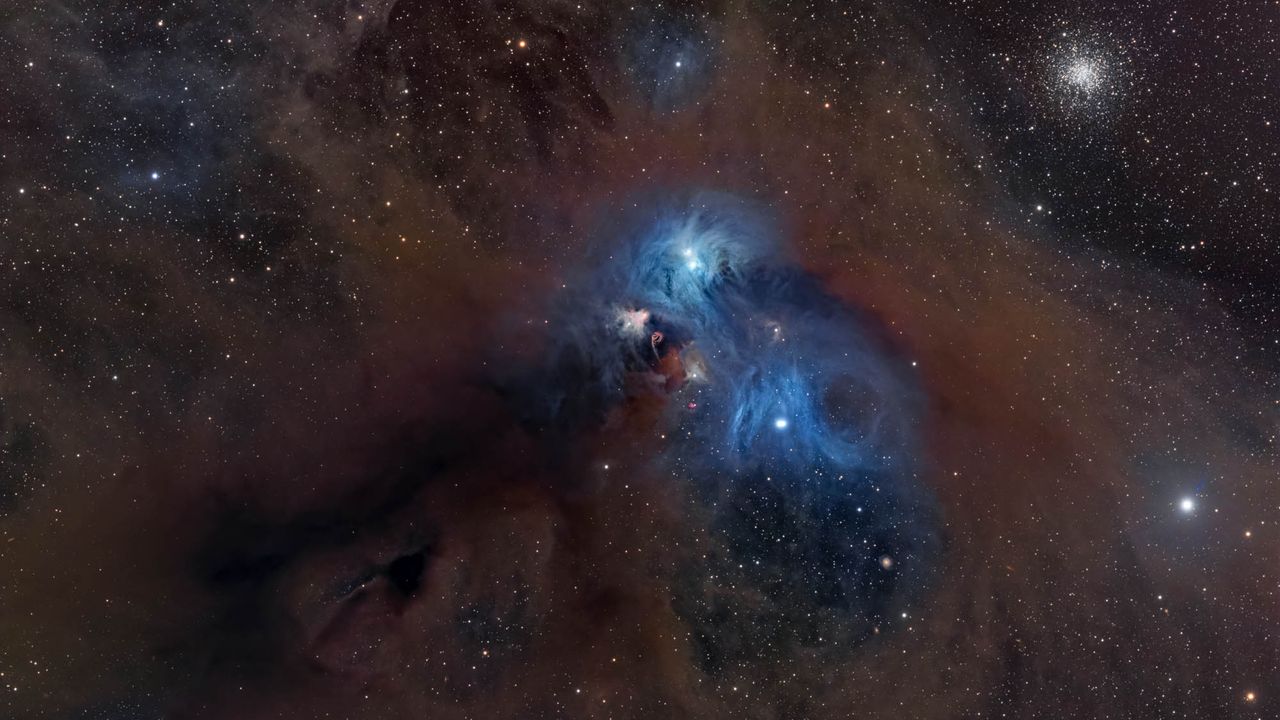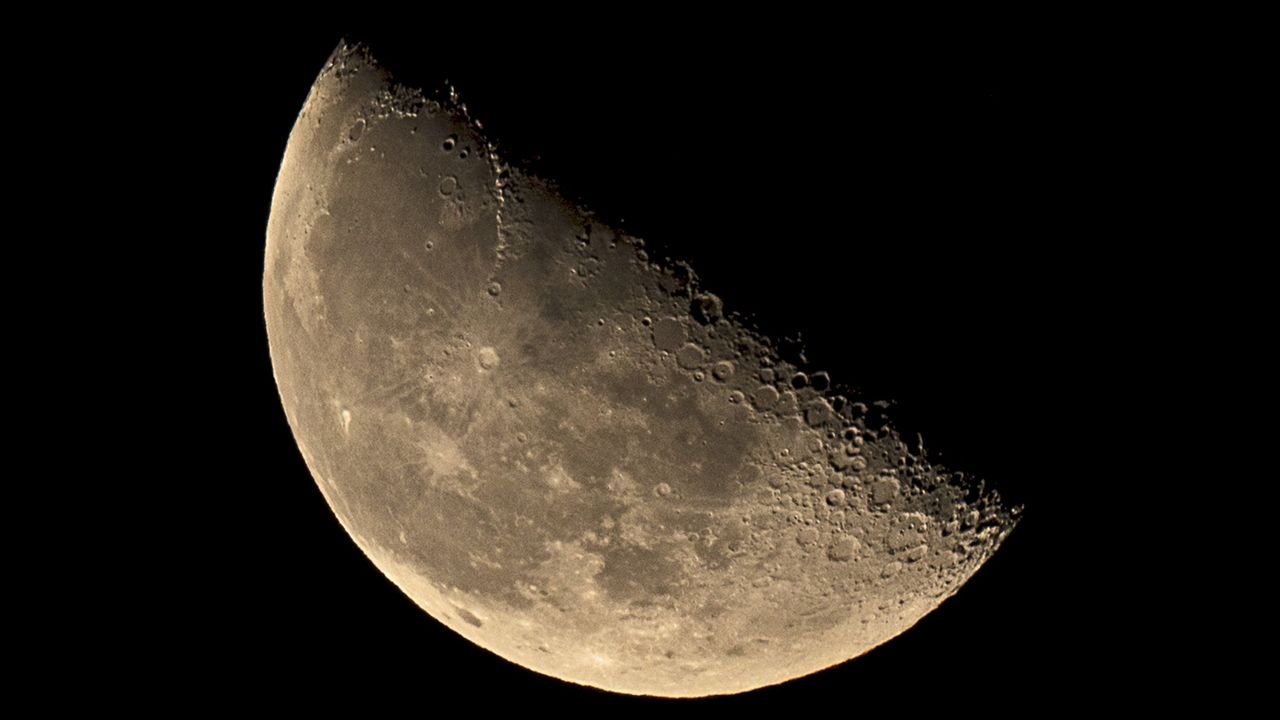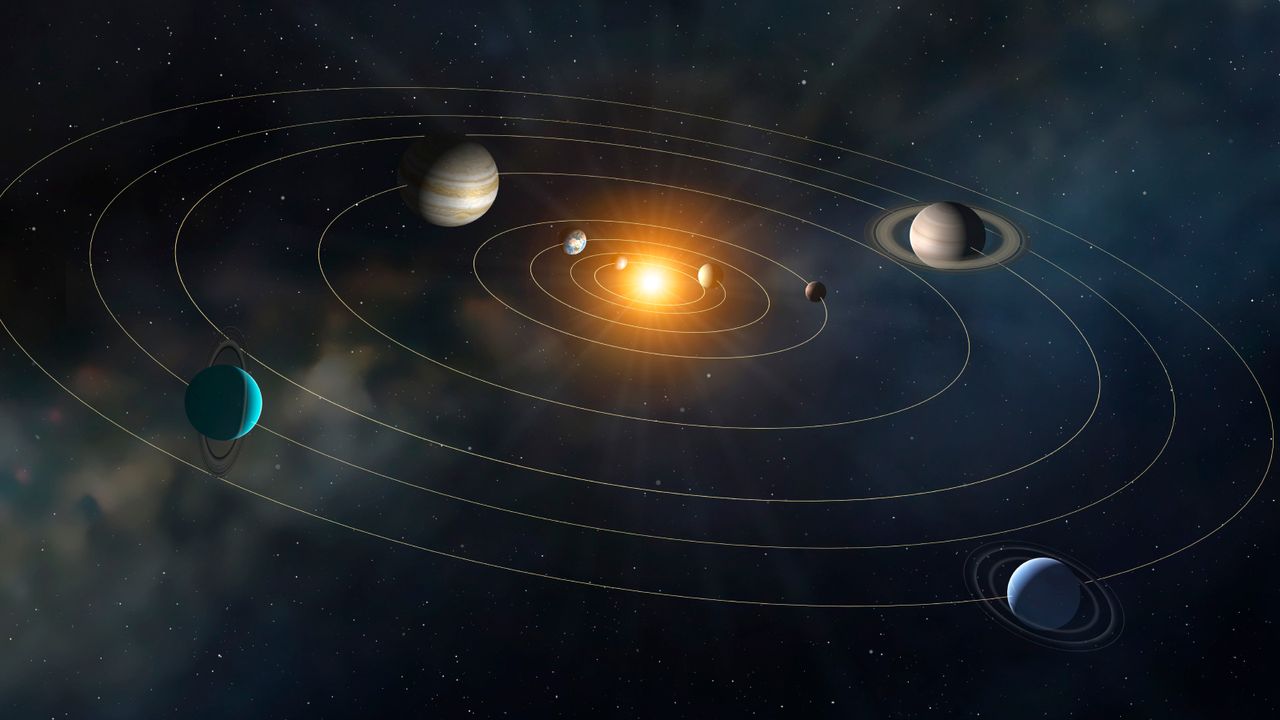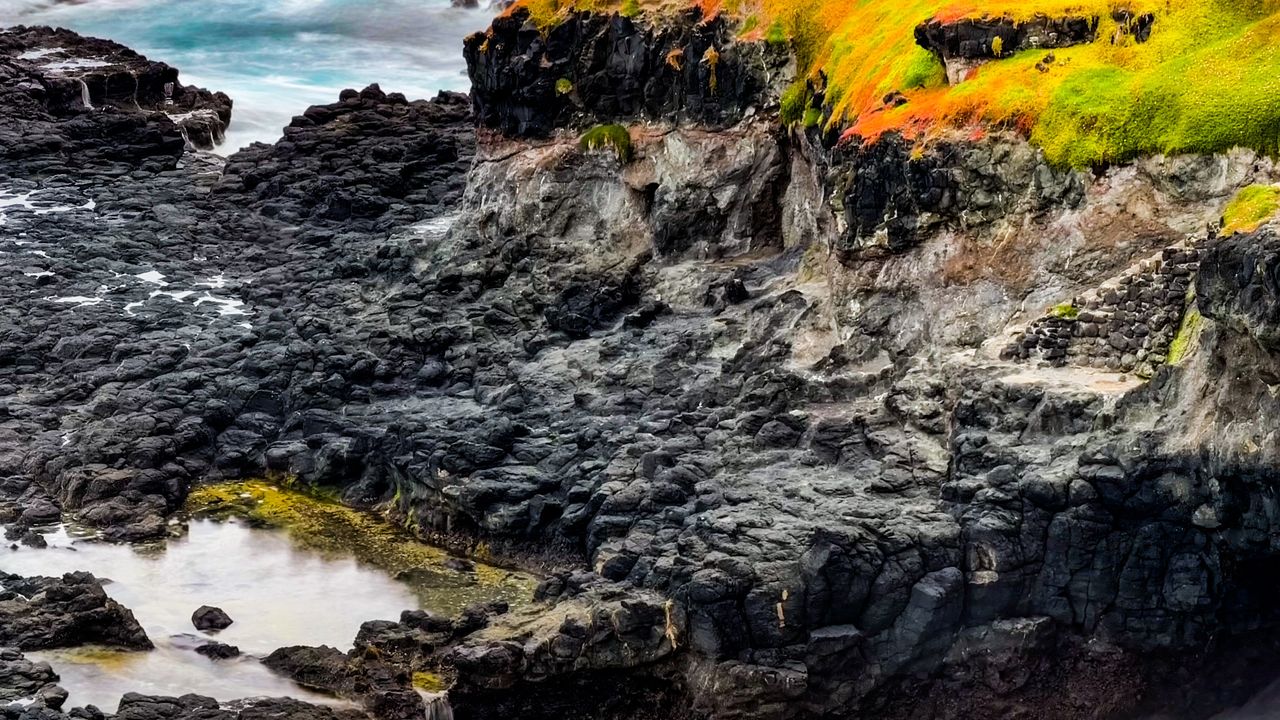Incredible telescope image shows baby exoplanet being born
PositiveScience
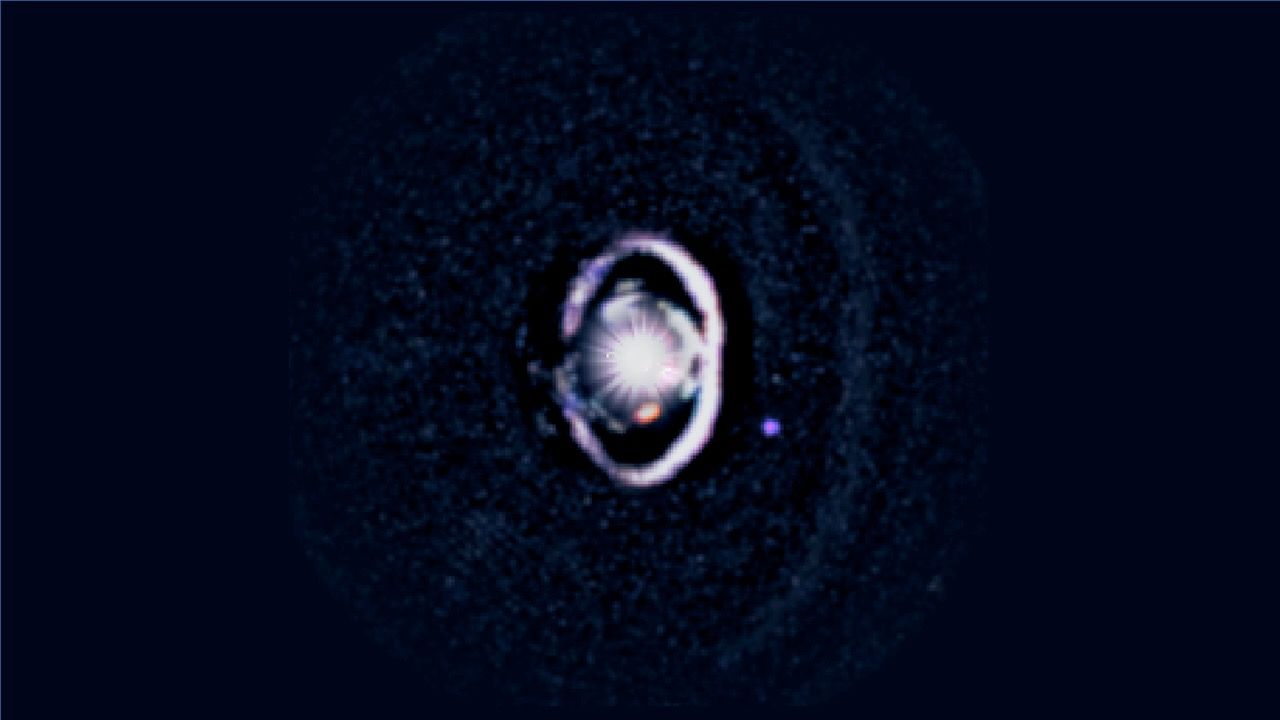
A groundbreaking telescope image has captured a baby exoplanet forming within the rings of its young parent star, providing an unprecedented glimpse into the process of planet formation. This discovery is significant as it enhances our understanding of how planets develop and could inform future research in astronomy.
— Curated by the World Pulse Now AI Editorial System
